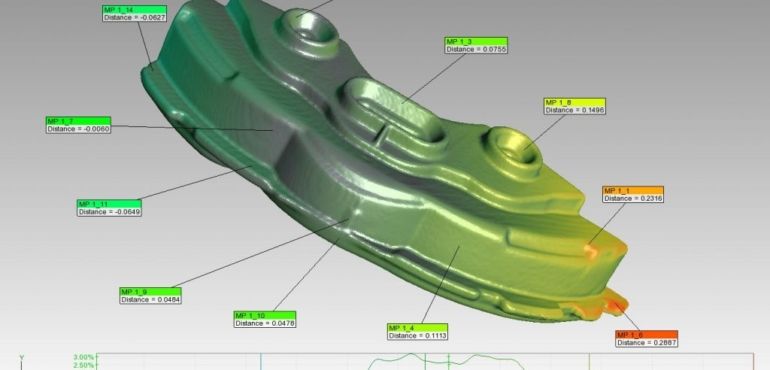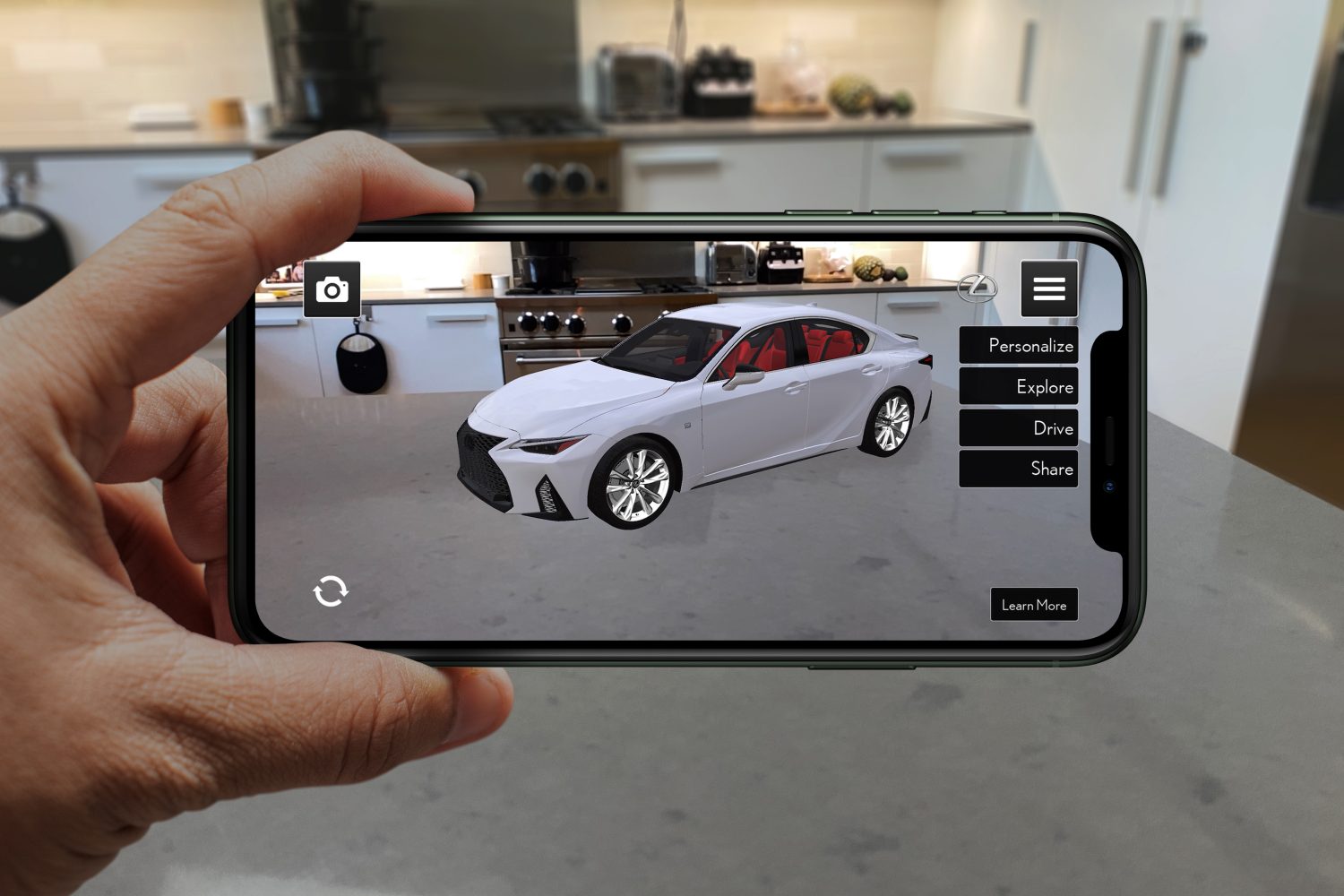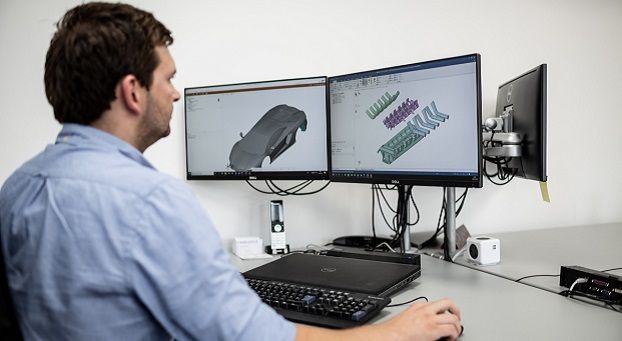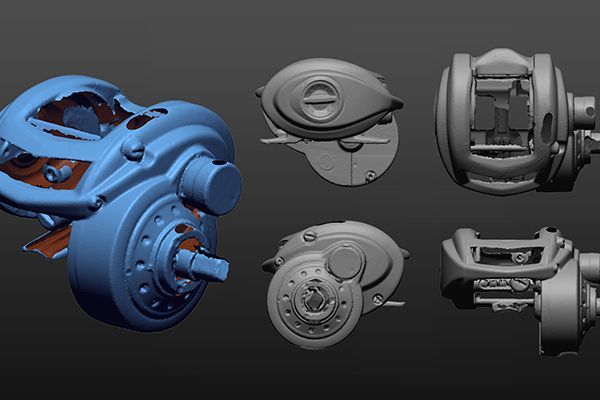Purpose of Reverse Engineering
WHAT IS THE PURPOSE OF REVERSE ENGINEERING?
In this Blog article, Reverse Engineering Service experts Mako GmbH discusses the purpose of using Reverse Engineering Services, which is quite vast.
REVERSE ENGINEERING
Reverse Engineering (RE) provides manufacturers with information about the design of a product or component. When done successfully, reverse engineering gives you a virtual copy of the blueprint that went into the original design.
RE is perhaps the most accurate way to recreate the designs for items that went out of production decades beforehand. In cases where the original blueprints are long since lost or destroyed, reverse engineering is perhaps the only way to bring such products back to life. If you can obtain a working model of an old product, you can typically trace the steps of its design and use those insights to construct a new model, repair a part or improve future products.
Below are some of the most common uses of reverse engineering:
Legacy Parts Replacement
One of the most common reverse engineering applications is legacy parts replacement, which involves examining and reproducing select parts of larger machines to keep them in operation.
For example, a factory might have a large engine compartment that keeps the entire conveyor system running through each day’s work shift. Every once in a while, one of the machine parts will wear out and need to be replaced. If the machine is old, certain parts might no longer be in production, either because the OEM no longer makes the part of is out of business.
While the factory could make a huge investment in a new conveyor system, the preferable option is to retain the same equipment and replace the faulty part. With RE, you can use a 3D scanner to digitally replicate the design of the defective part. From there, a new copy of the component can be created and installed into the machine.
Depending on the size and complexity of the component in question, the initial cost to have it reverse engineered could exceed the price of a newer or different model. However, once you have created a digital copy of the original design and successfully replicated the part, you can use that information to recreate the component on a regular basis. RE allows you to reproduce parts that work in your preferred mechanical setups.
Parts Service or Repair
If a legacy part or a component the OEM no longer supports needs repair or service, it’s useful to have an understanding of how the product works. This knowledge can help to complete the repair accurately and efficiently. If there aren’t any design documents available, a company may use reverse engineering to create them. You can then use this information to inform how you repair or service the part. The data you gain from reverse engineering can help you determine which components you need to replace to fix a given problem. It can also inform your repair process by helping you better understand how best to access, remove and replace a particular part.

Failure Analysis
Reverse engineering techniques can play an important role in failure analysis. If a machine fails, you may need to take it apart or examine design files to determine why. Once you have this information, you know how to fix or improve the product so that it functions properly again.
Examining a product using RE can reveal damaged parts of faulty designs. Looking at digital design files created through reverse engineering can also reveal flaws and help inform how you plan to repair a piece of equipment.
Parts Improvement
Reverse engineering is also used for parts improvement. You might need to alter a component after conducting a failure analysis, or a particular might just be due for an upgrade. If no replacement or alternative part is available on the market, you could have the part reverse engineered to create a copy of the original design. From there, you could modify the design for improved performance.
If a machine requires stronger joints or weld reinforcements, the faulty parts will be examined for their measurements and redesigned with increased thickness or stronger metals. Through RE, you can determine which dimensions must be maintained and which aspects you can change. If you could combine two or more parts into a single, more functional component, reverse engineering could bring that fact to light.
Diagnostics and Problem-Solving
Reverse engineering can also be used for diagnostics and problem-solving in a sequence of industrial processes. In a factory setting, the flow of operations can sometimes slow due to a faulty or underperforming function. When a manufacturing system consists of numerous machines and components, it can be difficult to find the source of the problem. Through RE, you can determine how everything works as one and use that knowledge to identify where things go wrong.
If you want to know more about Reverse Engineering, CAD software and how to master them check out our Blog Posts here or contact us here to get in touch with a Reverse Engineering expert!







There are no comments